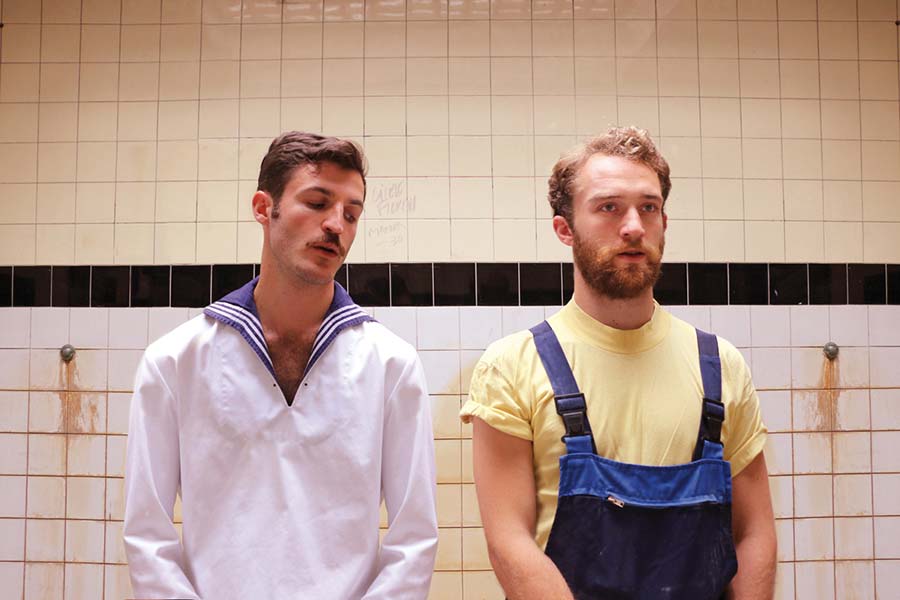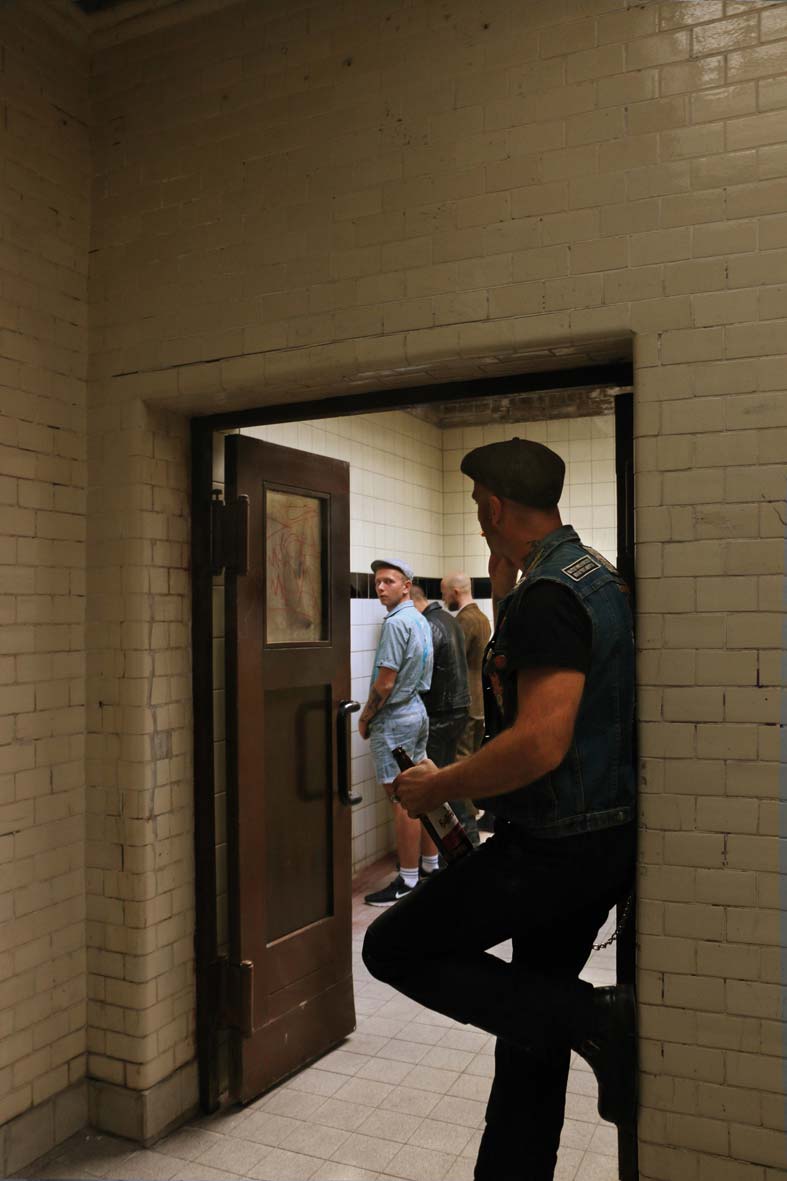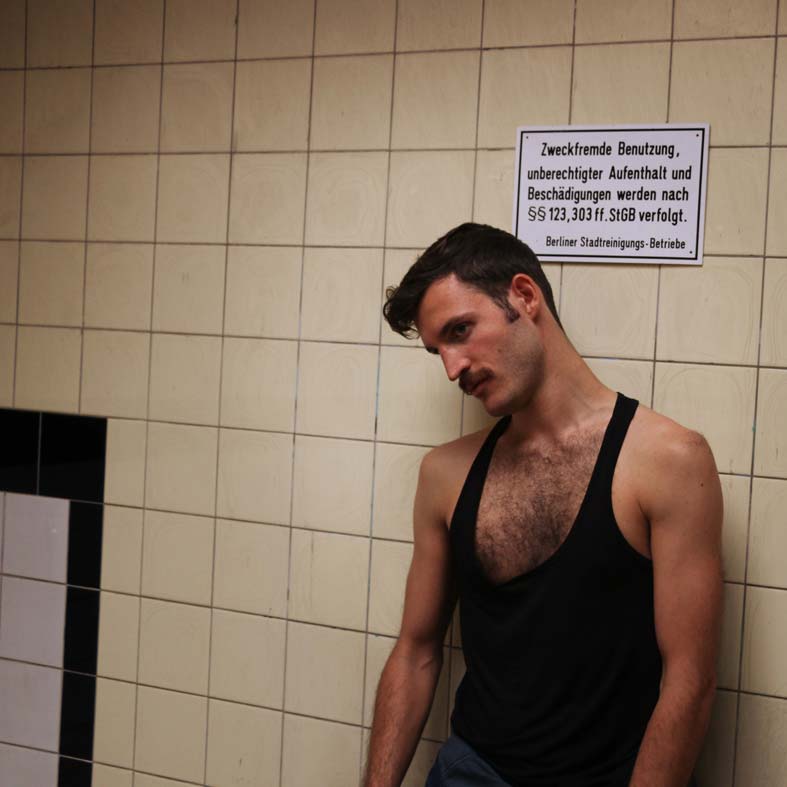
Urinals have always had a bad reputation.
For some years now, French photographer Marc Martin has been exploring the history and the stories of public toilets.
In these shrines, hijacked by men who have sex with men for generations, countless relationships and friendships have been forged, furtively, intensely, unexpectedly.
This re-purposing of public toilets will have left many more traces in the archives of vice squads than it has in the annals of world literature.
Such activities are, even today, more synonymous with shame than with gay pride. And yet, these public toilets, whose history is intertwined with the lives and adventures of many gays, Transgender people, escorts, libertines, are also unlikely bastions of freedom.
Transient, unusually social, these places were class equalizers where the differences between cultures and backgrounds were wiped away. Braving fear and risk, all sorts of men whose desires were repressed by society, found haven and came closer together in tearooms and cottages.
These “sordid” places offered the chance of immediate and anonymous sex. They served well all of those who couldn’t use their own homes, or who couldn’t be open about their sexual and sentimental lives. The cottages, the tearooms, had a clear purpose in society.
This underground visibility, often considered undignified and degrading, soon became the most visible manifestation of the existence of homosexuality. Ignored,later banned in law until the 1980s, this phenomenon has spread everywhere possible where there were men.
Behind closed doors, on shiny tiles, on peeling paint, millions of graffiti have built up. Devoid of rules and constraints, they’ve served to showcase the richness and variety of a parallel world. They had a voice that speaks a raw language; a vulgar language; a language that reflects the unspoken desires of a whole subculture, of a whole distinct world.
These graffiti were the precursors of classified ads, themselves the precursors of hook-up apps. In every city and village, these catalogues of desire had become totems of freedom and liberty, post offices, welcoming spaces to indulge in forbidden fruit – all at once. Hidden among racist slurs, insults, politics, jokes and cheap philosophy, was a manifestation of the need for love and intimacy. Marc Martin’s work has been shaped by all of these perspectives.

Marc Martin is not afraid to show explicit acts, even extreme, even dirty; but his photos always bring a different light from among shadows. His focus on the culture of urban urinals isn’t random; his approach transcends ages and generations. Marc prefers the messy realness of humanity to sanitized social expectations.
His objective is therefore not limited to capturing the last existing relics, like so many of the vestiges of the past. Marc gives new life to these relics through reconstituted settings, filmed confessions, and archive documents collected over many years.
He will also present his more recent photographic work, as well as the work of others, all surrounding a variety of relevant quotations collected from everywhere, down to a few unexpected urinals mentioned in the verses of Verlaine and Rimbaud.
From poetry to pornography, his work bears witness to the generation of today, of a type of sexual interaction that has virtually disappeared now.
Glorious or shameful, our good old cottage toilet no longer needs to blush about its past.
Text Daniele Pratolini
The exhibition is on display at the Schwules Museum Berlin from 17 November 2017 to 5 February 2018, accompanied by a program of events (talks, discussions and film screenings).


